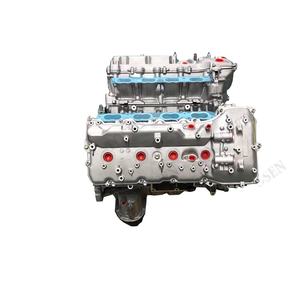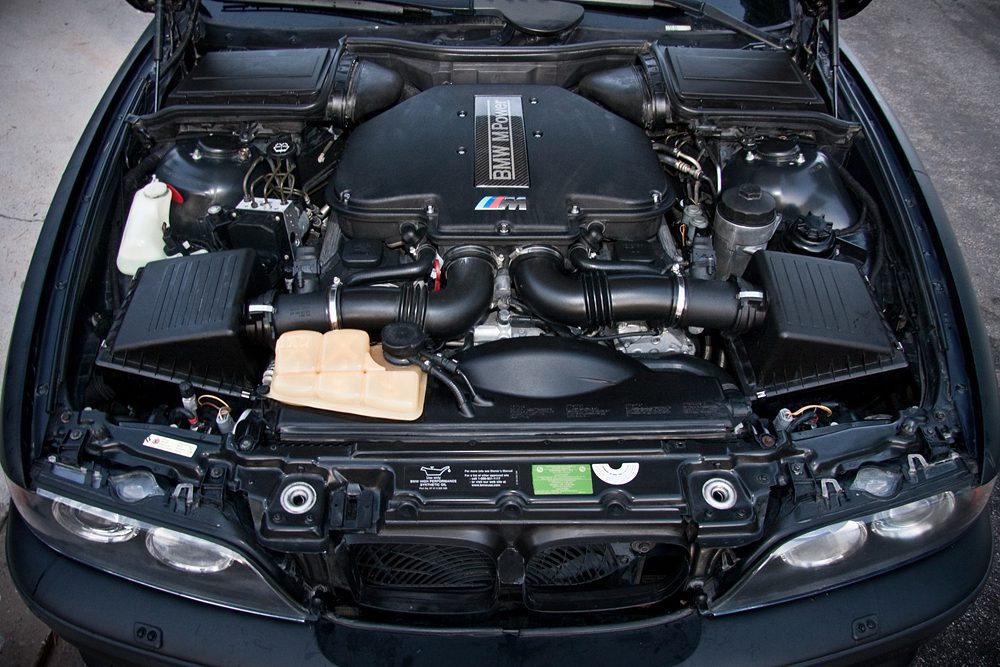Discovering the Most Current Technical Innovations in Import Engines and Exactly How They Boost Driving Experience
In the world of automobile engineering, the landscape of import engines is undergoing an extensive improvement driven by advanced technological innovations. From the advancement of turbocharged engines to the assimilation of crossbreed innovation, the most recent advancements are reinventing the driving experience in means formerly unbelievable. As import producers press the limits of performance and efficiency via enhanced fuel shot systems and advanced engine monitoring services, the inquiry arises: How do these improvements truly impact the way we interact with our lorries when traveling?

Evolution of Turbocharged Engines
In the auto market, the development of turbocharged engines has actually dramatically transformed the landscape of performance and effectiveness. Turbocharging, when mainly seen in high-performance cars, has now come to be a mainstream innovation embraced by a variety of lorries, from small hatchbacks to deluxe cars. The essential concept behind a turbocharged engine is basic yet efficient - forcibly even more air right into the burning chamber, it allows more fuel to be burned, causing boosted power outcome.
One of the key advantages of turbocharged engines is their capability to provide even more power from smaller, more fuel-efficient engines. This scaling down pattern has actually brought about a decrease in emissions without compromising efficiency, making turbocharging an eye-catching alternative for car manufacturers aiming to meet rigid environmental guidelines. Turbocharged engines offer boosted torque at lower RPMs, supplying drivers with a much more responsive and dynamic driving experience.
As modern technology proceeds to advancement, we can expect more developments in turbocharging, causing even better degrees of efficiency and performance in the vehicle sector.
Developments in Gas Injection Solutions
Modern fuel injection systems have actually progressed to deliver fuel extra effectively and specifically right into the engine cylinders, boosting total engine performance and fuel performance. One of the key technologies in fuel injection systems is the shift from traditional port gas shot (PFI) to even more sophisticated straight gas injection (DFI) modern technology.
Moreover, the assimilation of digital control units (ECUs) and sensors in fuel shot systems has actually enabled real-time adjustments to sustain distribution based on numerous elements such as engine tons, temperature, and driving conditions. This level of precision ensures optimum fuel-air blend proportions, making the most of engine efficiency while lessening fuel intake and emissions. Furthermore, advancements in gas injector layout, products, and spray patterns have contributed to cleaner combustion and smoother engine procedure. To conclude, the continual innovations in gas shot systems play a vital role in enhancing driving experience by giving better performance, gas economic situation, and ecological friendliness.
Integration of Hybrid Modern Technology
The evolution of gas injection systems towards higher efficiency and performance has set the phase for the seamless assimilation of hybrid innovation into contemporary engines. Hybrid innovation combines using standard inner combustion engines with electrical propulsion systems, using improved gas effectiveness and lowered discharges. By incorporating electrical motors and batteries into the powertrain, hybrid engines can supplement the internal burning engine throughout acceleration or low-speed driving, consequently improving overall efficiency.

Boosted Engine Administration Equipment
What are the key developments in engine management systems that are improving the performance and performance of contemporary engines? Engine administration systems have actually undertaken significant innovations to enhance engine performance and performance.
In addition, modern engine management systems utilize innovative algorithms and expert system to evaluate the data accumulated by sensing units and make dynamic modifications to aspects such as ignition timing, gas injection, and turbocharger boost pressure. This level of accuracy and flexibility lead to improved engine responsiveness, increased power outcome, and minimized gas usage.
Furthermore, engine management systems now feature sophisticated diagnostic abilities that can spot and resolve issues such as misfires, sensing unit breakdowns, and fuel system irregularities in real-time, thus boosting total engine integrity and longevity. These advancements in engine management systems play a vital duty in improving the driving experience by providing ideal efficiency, gas efficiency, and dependability.
Impact of Lightweight Materials
Integrating lightweight materials in engine manufacturing has actually changed the automotive sector's technique to improving fuel effectiveness and performance. The usage of products such as carbon aluminum, titanium, and fiber has actually dramatically lowered the total weight of engines, bring about boosted power-to-weight proportions and enhanced fuel economy. These light-weight products supply a greater strength-to-weight ratio compared to traditional materials like steel, enabling for higher toughness without compromising performance.
Among the key benefits of utilizing light-weight materials in engine building is the decrease of inertia, leading to quicker engine reaction times and boosted total car agility. Furthermore, the lighter weight contributes to reduce power consumption, making cars much more eco friendly by minimizing emissions.
Additionally, the implementation of lightweight products in engine parts moved here such as pistons, home attaching poles, and crankshafts has allowed engineers to push the limits of performance without sacrificing integrity (import engines). This development has led the way for extra effective and efficient engines that provide a remarkable driving experience while fulfilling strict emissions requirements
Final Thought
To conclude, the current technical technologies in import engines have actually considerably improved the driving experience. From the development of turbocharged engines to advancements in gas injection systems, combination of crossbreed modern technology, boosted engine administration systems, and making use of light-weight materials, these innovations have actually collectively boosted performance, fuel effectiveness, and general driving dynamics. As innovation remains to advance, we can expect even more interesting growths in the future of import engines.
Modern fuel injection systems have actually progressed to supply gas much more successfully and exactly right into the engine cylinders, improving overall engine performance and fuel performance - import engines. By integrating electric motors and batteries right into the powertrain, crossbreed engines can supplement the interior burning engine during acceleration or low-speed driving, thereby improving total performance
What are the key developments in engine management systems that are boosting the efficiency and effectiveness of modern-day engines? Engine monitoring systems have undertaken significant developments to maximize engine efficiency and performance. From the development of turbocharged engines to developments in gas injection systems, assimilation of hybrid technology, enhanced engine monitoring systems, and the use of light-weight materials, these developments have jointly enhanced here efficiency, fuel efficiency, and general driving characteristics.
Comments on “Enhancing Your Car's Performance with Import Engines”